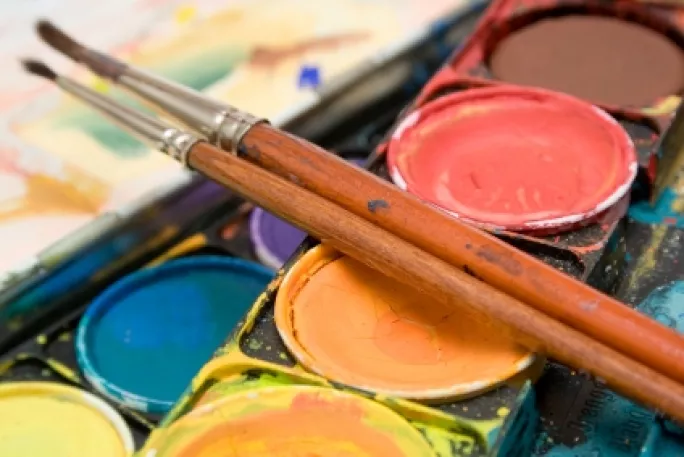Support struggling students with art therapy
When buried under mark schemes and updated behaviour policies, it is understandable that checking up on the mental health of students may not be at the forefront of a teacher’s mind. Equally, a little trepidation as to how to tackle the issue is to be expected.
But Clare Hobbs, an art therapist who works with students in Cambridgeshire schools, says that keeping an eye out for potential issues needn’t be rocket science. Neither, she says, does the solution always have to be overly complicated. Below, she explains that art therapy as a first step may prove very effective for some students.
“The first thing for teachers to do is to educate themselves. It’s a case of realising that children who are acting up might be experiencing problems at home or within a class and that seeking support for them might be a better solution than punishment.
“Art therapy is a form of psychotherapy that uses a mixture of art-making and talking. It is particularly good for young people, who can find it difficult or overwhelming to talk directly about the issues that have brought them to therapy.
“Art therapists will see children for a number of reasons. These can include bullying, abuse, bereavement, a learning difficulty, anxiety, isolation or illness. Sometimes children are referred for something as small as a teacher feeling that they are very quiet in class and do not seem to fit in.
“The easiest way for a school to begin working with an art therapist is to contact the British Association of Art Therapists, who will give advice and can advertise the vacancy amongst its members.
“In the meantime, it is important that children know who to talk to if they feel unhappy or anxious. Local counselling and therapy organisations can be invited to run workshops or assemblies and will be able to provide age-appropriate materials in the form of story books and posters.
“Teachers can also reduce stigma by policing language. Encouraging students not to use expressions such as ‘Are you mental?’ can go a long way towards helping young people to feel that they can talk about their experiences and be listened to, without being mocked by their peers.”
art.therapy@live.co.uk
From 25 March, teachers will get more information on spotting mental-health issues and how to tackle them with the launch of the MindEd web portal, which will provide free online guidance on mental health to adults who work with young people.
Art makes you sane
This lesson from TrueTube introduces the concepts behind Art Therapy in a mature but child-friendly manner.
What does art do for us?
This vivid PowerPoint presentation shows a range of works of art and explores how they fit into society throughout history.
Vincent Van Gogh’s art and life
Van Gogh famously suffered from depression. Use this resource as an avenue into discussion of the relationship between mental illness and art.
Keep reading for just £1 per month
You've reached your limit of free articles this month. Subscribe for £1 per month for three months and get:
- Unlimited access to all Tes magazine content
- Exclusive subscriber-only stories
- Award-winning email newsletters




